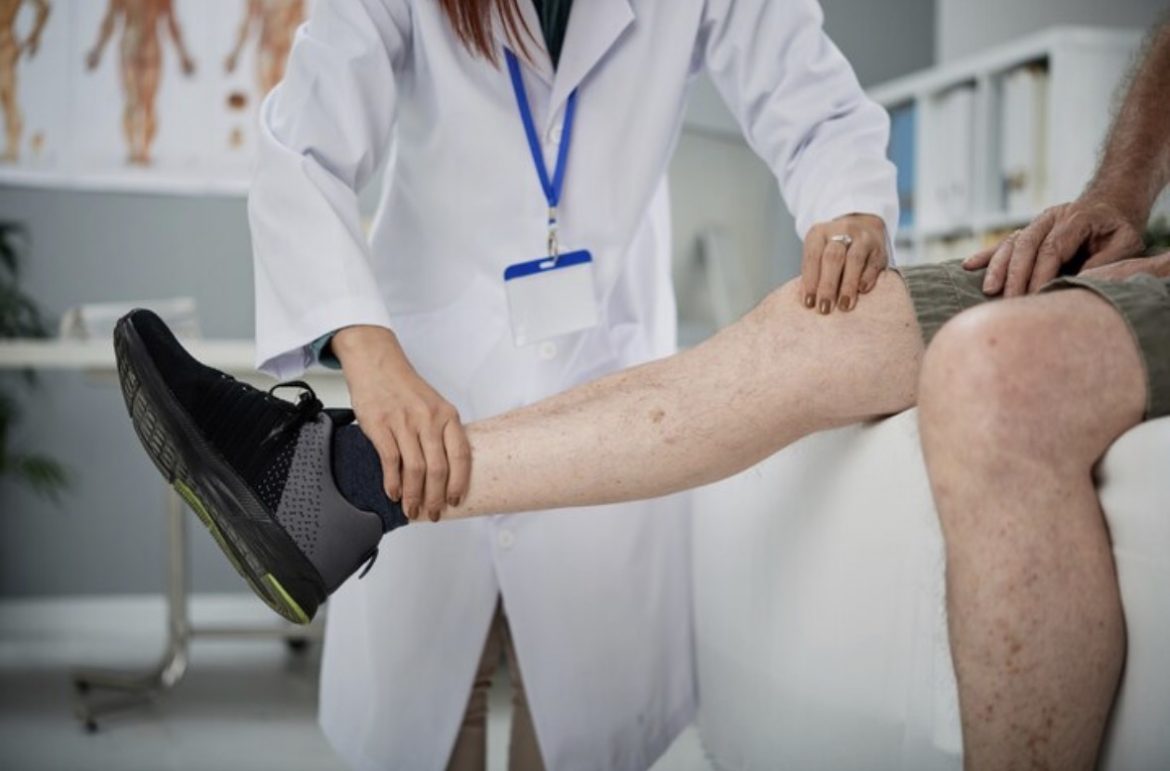Deep vein thrombosis (DVT) is a serious medical condition that occurs when a blood clot forms in a deep vein, usually in the legs. While it may not always cause noticeable symptoms at first, recognizing the early signs of DVT can help prevent potentially life-threatening complications, such as a pulmonary embolism (when a clot travels to the lungs).
If you’ve ever experienced sudden swelling, pain, or warmth in your leg, it’s important not to ignore it. Let’s take a closer look at the early signs of DVT, risk factors, and when to seek medical care.
What Are the Early Signs of DVT?
- Swelling in One Leg
One of the most common symptoms of DVT is swelling that affects only one leg, often starting in the calf or thigh. The swelling might feel tight, heavy, or tender to the touch. - Pain or Cramping
The pain caused by DVT can feel like a muscle cramp or soreness that doesn’t go away. It often starts in the calf and can worsen when standing or walking. - Warmth and Redness
The skin over the affected area may feel warm compared to the other leg and might appear reddish or discolored. - Visible Veins or Skin Changes
Sometimes, veins near the surface of the skin become more visible or swollen due to increased pressure from the clot. You might also notice your skin becoming shiny or tight. - Leg Fatigue or Heaviness
Many people describe a sensation of heaviness or fatigue in the affected leg, even without visible swelling or pain. This may be an early indicator of poor blood flow.
Who Is at Risk for DVT?
Certain factors can increase your risk of developing DVT, including:
- Prolonged sitting or immobility (such as during long flights or hospital stays)
- Recent surgery or injury, especially to the legs or pelvis
- Pregnancy or recent childbirth
- Obesity
- Smoking
- Hormone replacement therapy or birth control pills
- Family history of DVT or clotting disorders
- Chronic vein conditions like varicose veins or venous insufficiency
Why Early Detection Matters
If a blood clot in the leg breaks loose and travels to the lungs, it can cause a pulmonary embolism (PE) — a medical emergency that can be fatal. Recognizing symptoms early allows for prompt diagnosis and treatment, which may include blood-thinning medication or minimally invasive procedures to restore blood flow and prevent complications.
When to See a Doctor
Seek immediate medical attention if you experience:
- Sudden swelling or pain in one leg
- Shortness of breath
- Chest pain that worsens when you breathe deeply
- Rapid heartbeat or lightheadedness
Even mild or seemingly harmless leg discomfort shouldn’t be ignored — especially if you have known risk factors for DVT.
DVT Prevention and Treatment Options
Staying active, maintaining a healthy weight, and avoiding long periods of inactivity can help reduce your risk. For those with vein disease or chronic venous insufficiency, specialized vein treatments at USA Vein Clinics can improve circulation and help prevent future clots.
Our board-certified vein specialists use minimally invasive, outpatient procedures to treat underlying vein problems safely and effectively — so you can feel better, move better, and live better.
